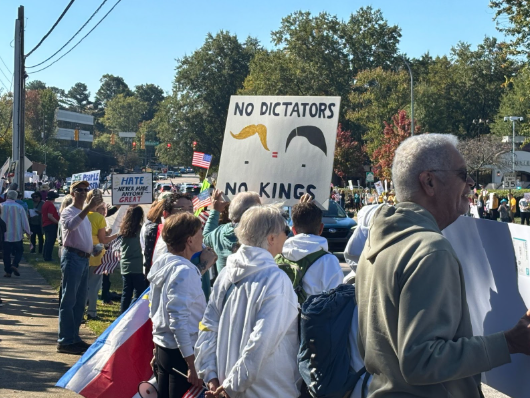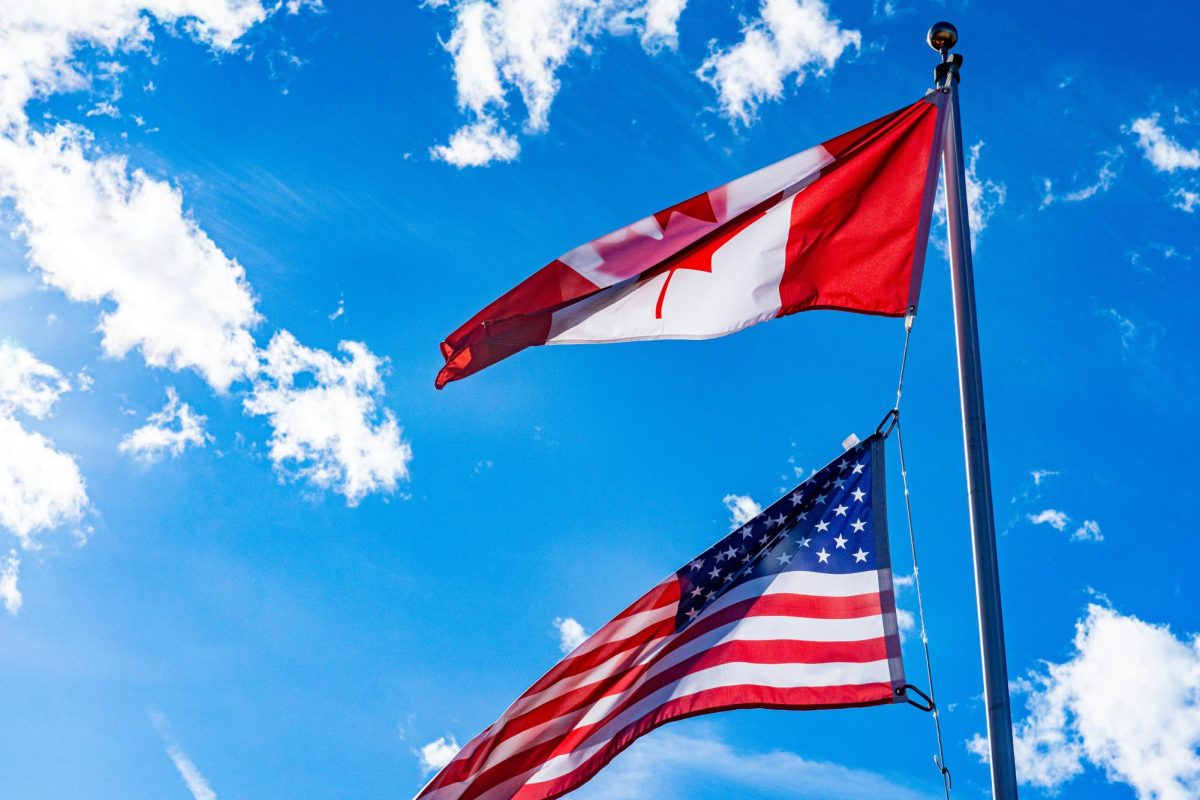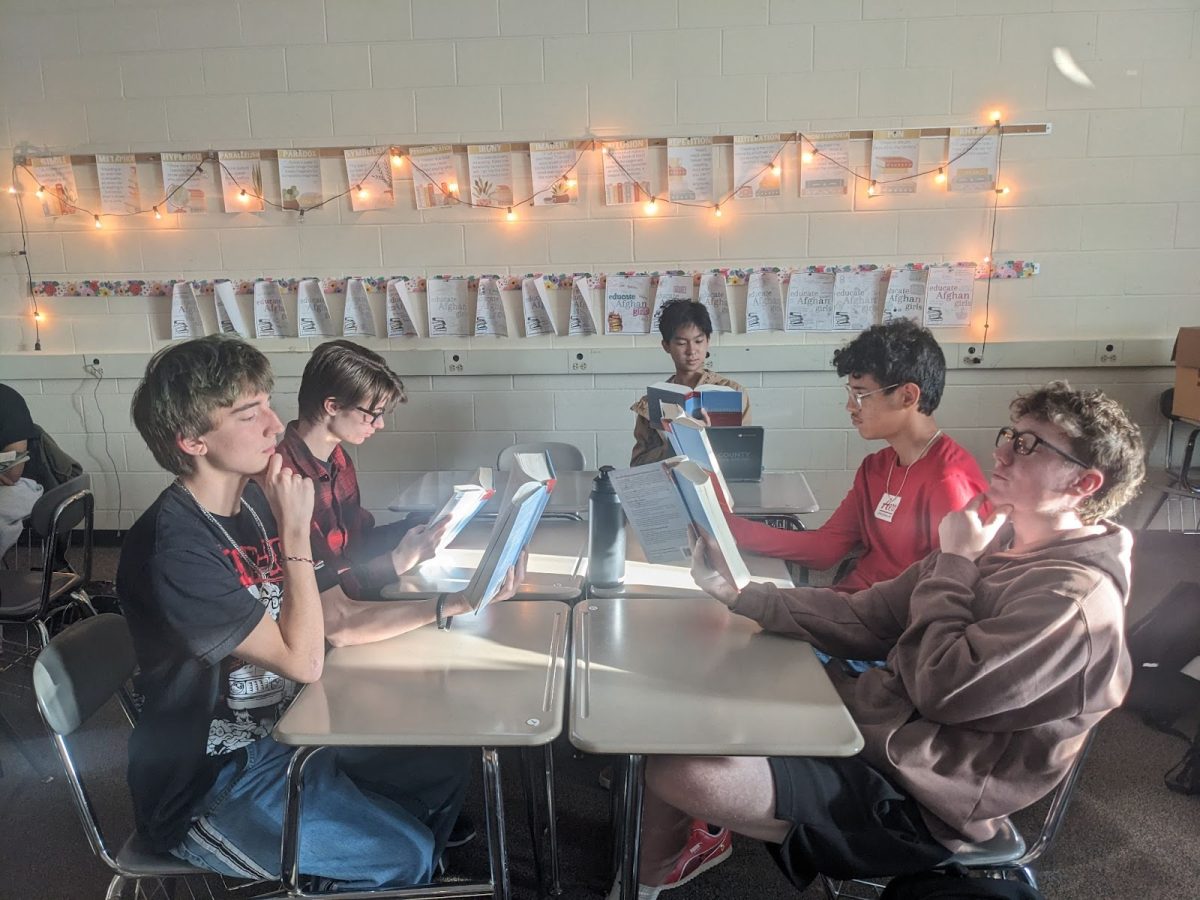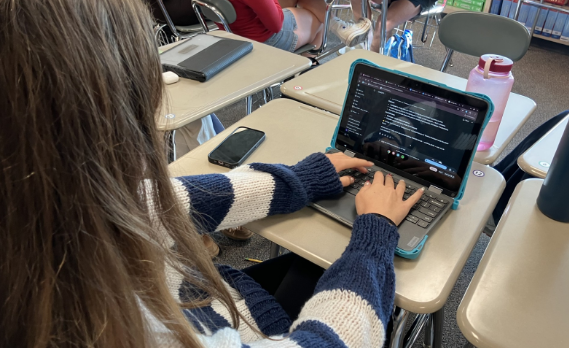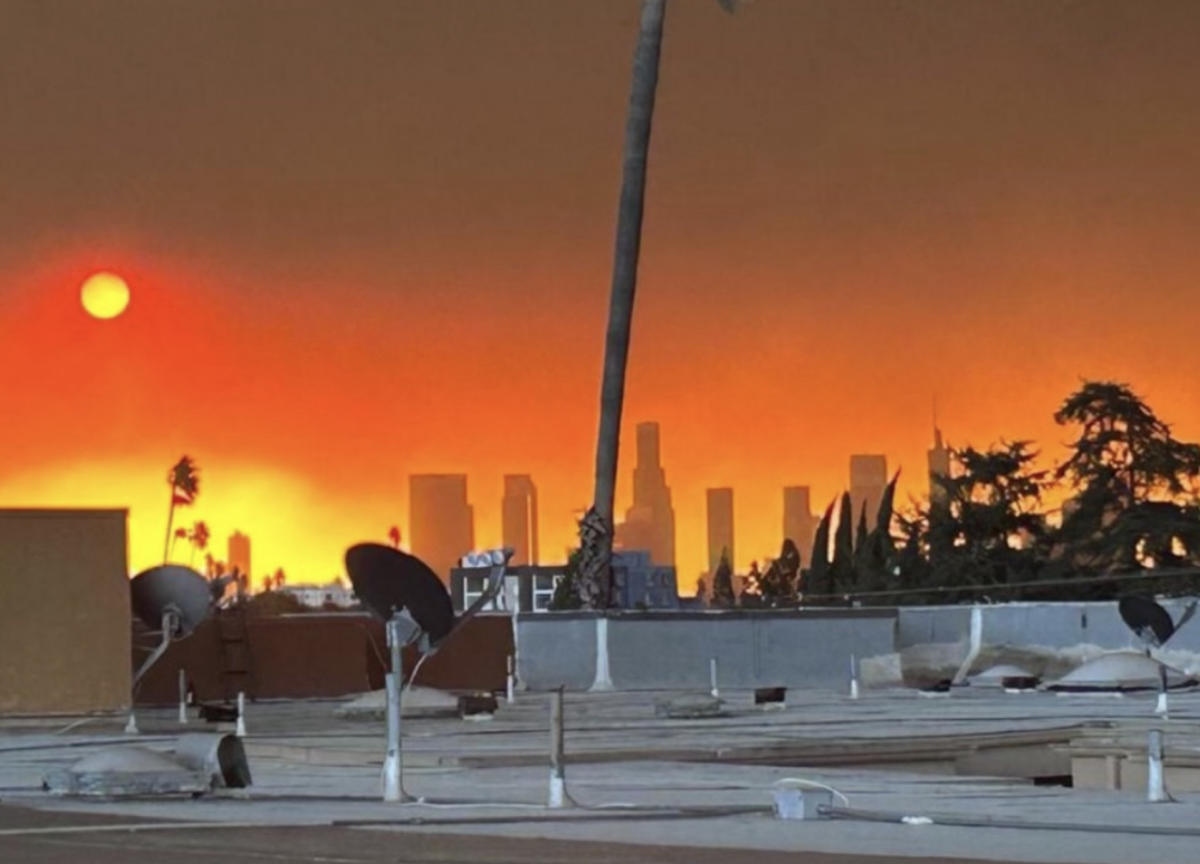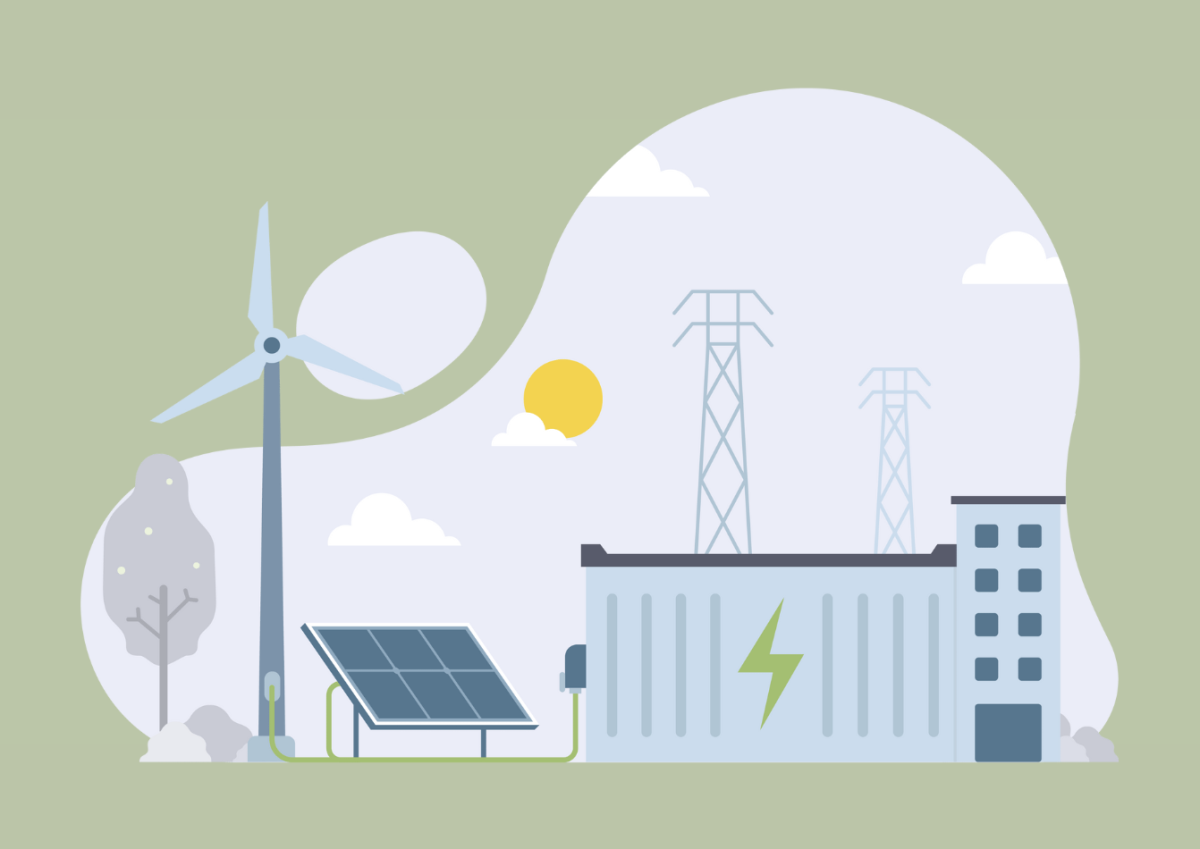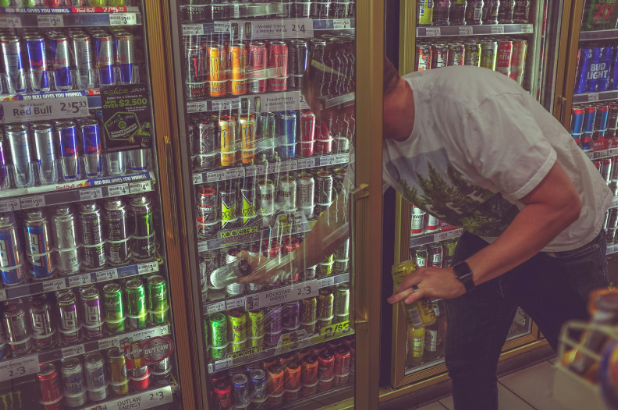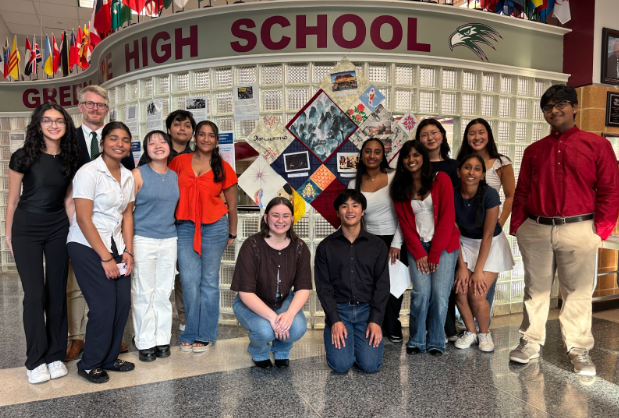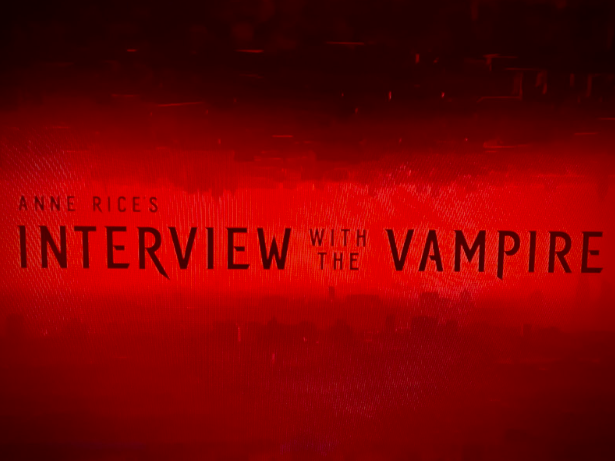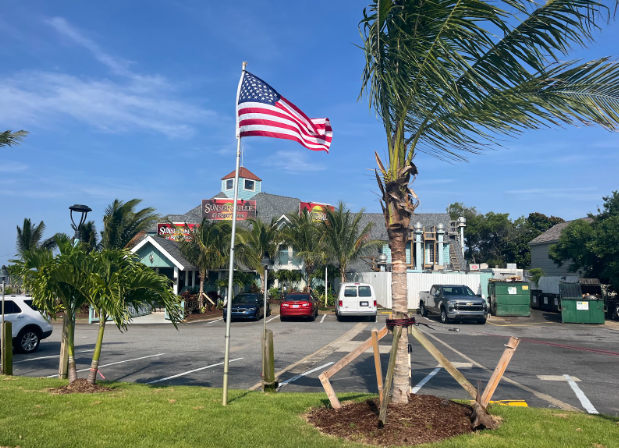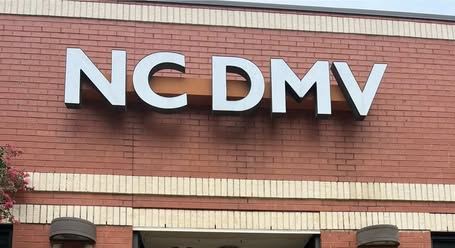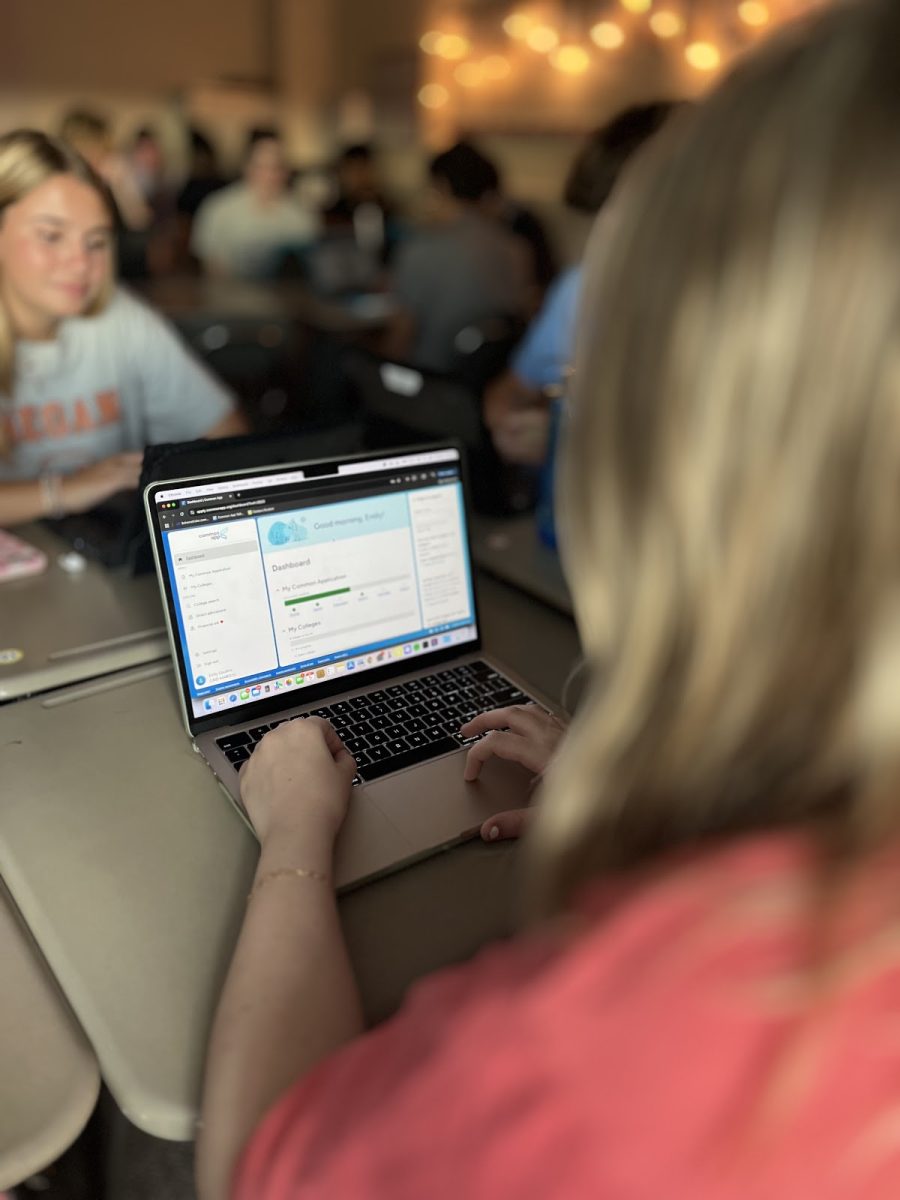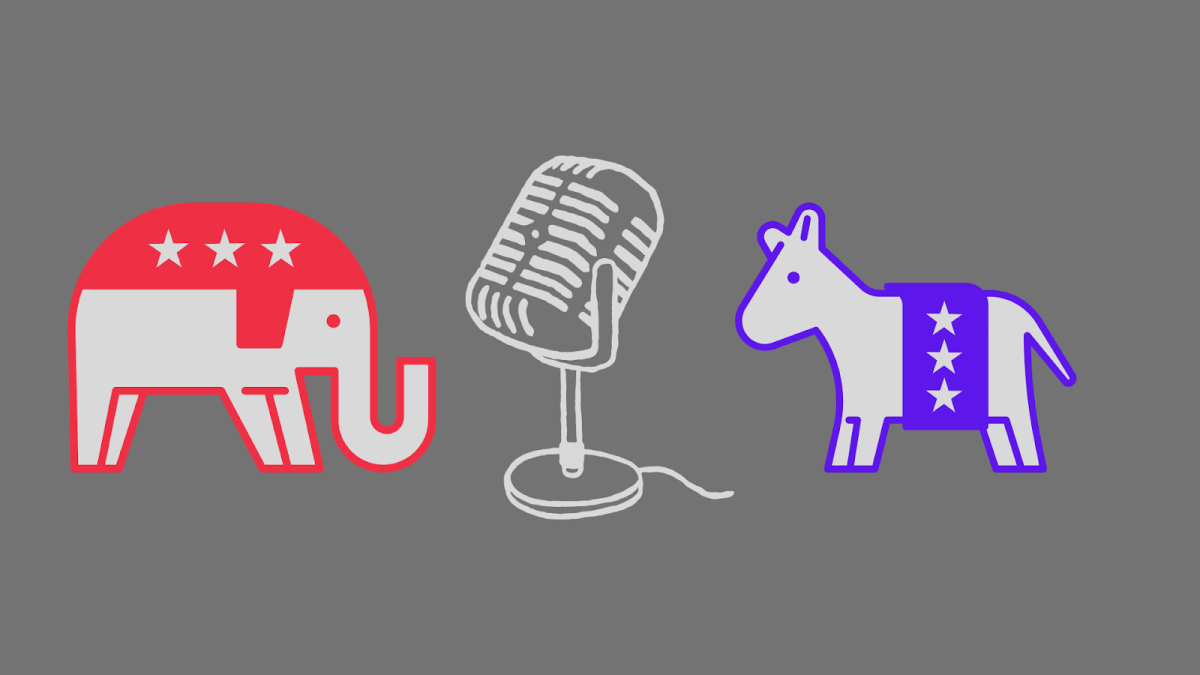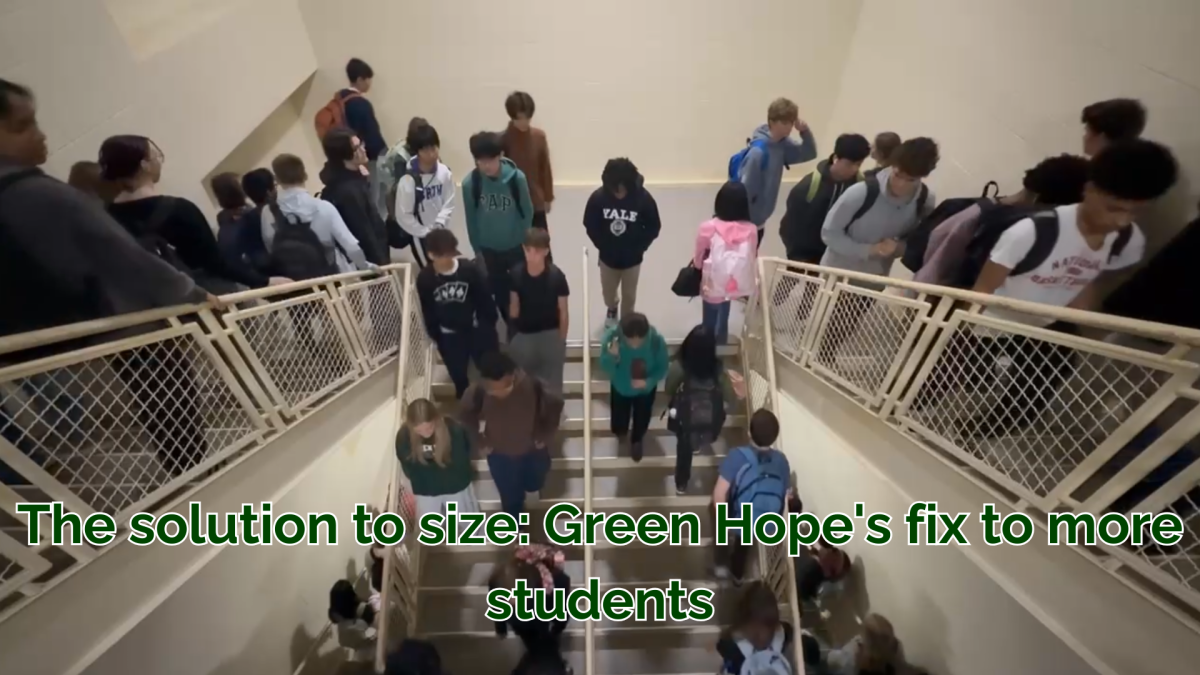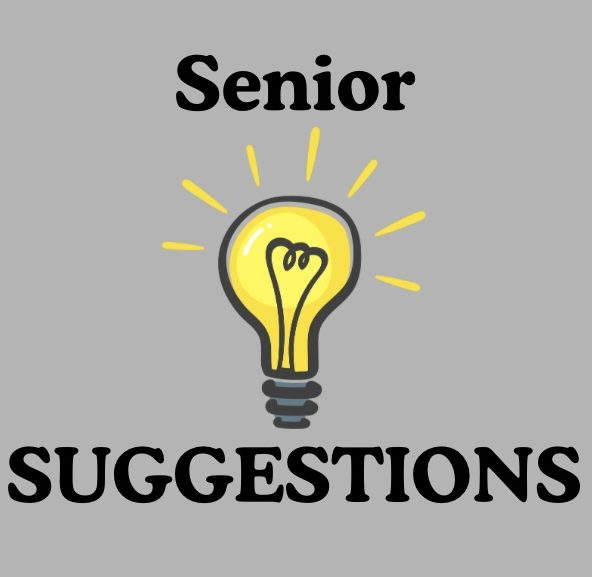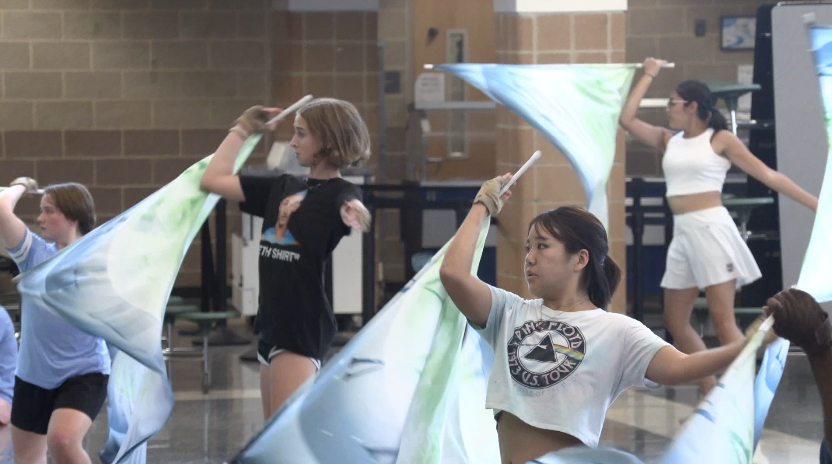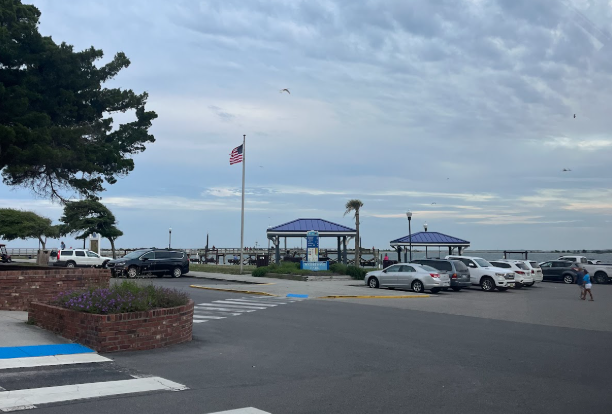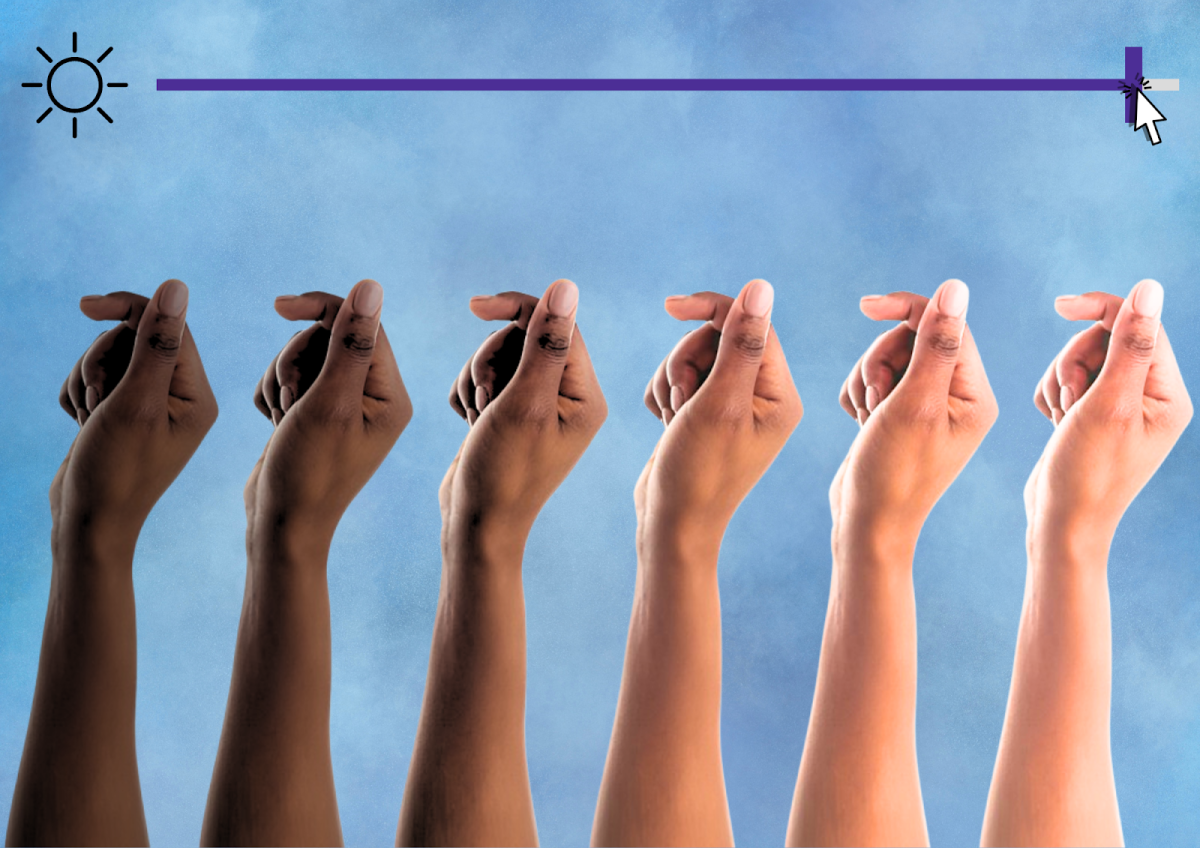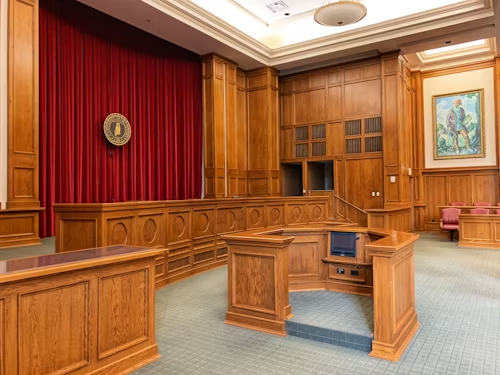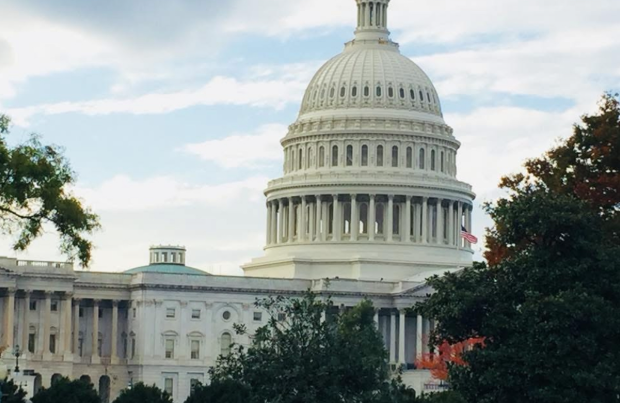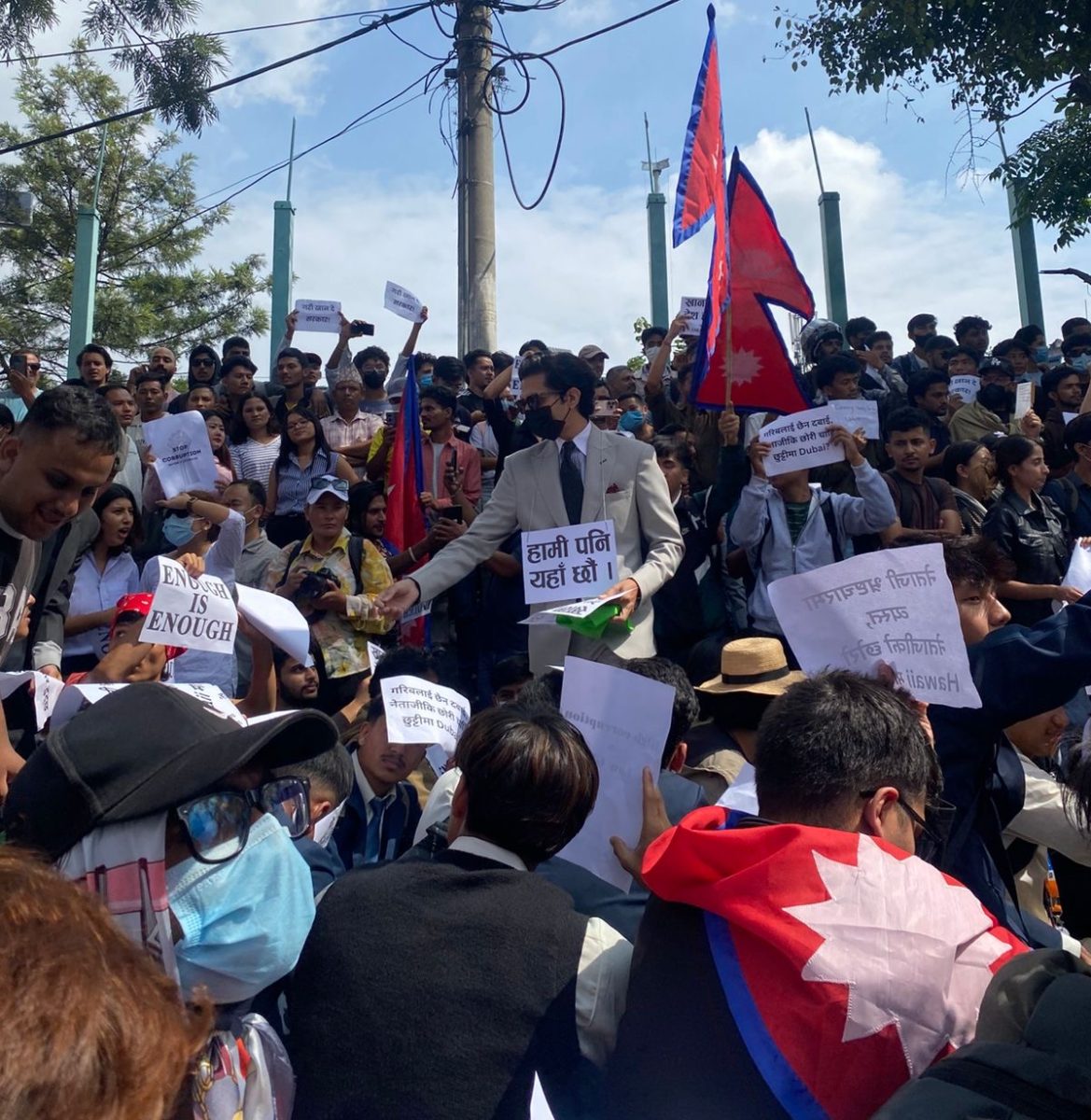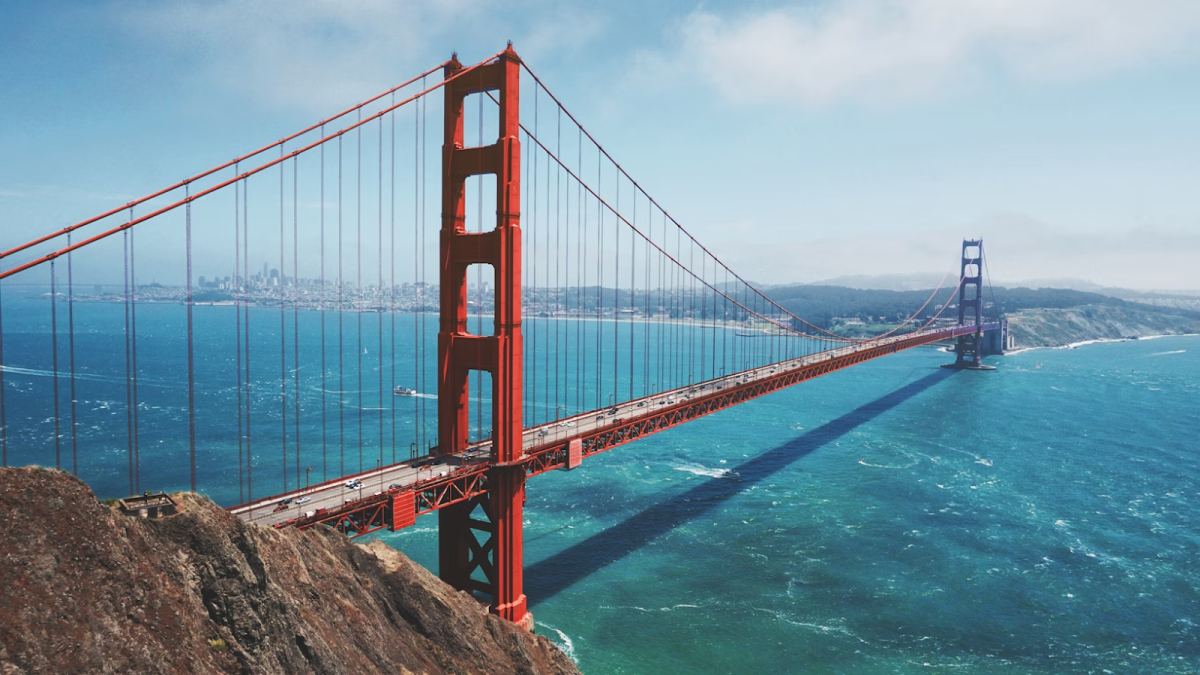On April 2, 2025, President Trump declared a national emergency with respect to trade barriers and “reciprocity” of international relationships and their effects on the American economy. Despite being in office for less than eight months, the Trump administration and its respective agencies and counterparts have enacted plenty of change into the American government.
It might not be noticable in everyday life, but President Trump has signed 202 executive orders since his Jan. 2025 inauguration. New policies have been laid concerning immigration, economic relationships between countries, educational funding and environmental awareness.
In a world with easy access to media, the adolescent and Gen Z population sees a lot of information come across their screen every day. 87% of the digital generation will be eligible to vote in the 2028 presidential election, so now is the time when it becomes important to start understanding government policies in order to make informed decisions and be positively involved with one’s community.
The Trump administration unveiled a new wave of tariffs on Aug. 7, 2025, with the new rates affecting imports from over 190 countries and territories. The true definition of a tariff is a tax percentage of revenue required to be paid to a country that is importing goods, in this case, the United States. These policies came as a result of President Trump’s efforts to broker trade deals with more than 90 governments. Most of these predicted deals did not come to fruition, leading the current White House administration to put new tariffs on various goods from many countries across the globe.
The American economy works with lots of imports, as can be seen from the popularity of items labeled “Made in China” and the abundance of SHEIN clothing. Tariff rates were raised in many countries, but most notably affected were Brazil, India, China and Canada. This means that any revenue made from goods exported from these countries will be subject to a tax rate that is set by and must be paid to the US Treasury.
How will this affect America’s economy, though? At first, no change will be noticed as many companies are absorbing the rising costs in efforts to avoid angry customers, but this can’t last forever. Trump’s “trade war” is estimated to raise American federal tax revenue by $171.7 billion, which could slow economic growth via reduced investment and higher prices, a questionable contradiction to the goal of lowering consumer prices.
Transitioning away from economics, another one of the Trump administration’s main points of emphasis continues to be immigration policy, with many members of the modern Republican party holding strong beliefs that immigration needs to be heavily regulated, and illegal individuals who enter the country should be deported.
In recent news, President Trump issued an executive order titled “The Gold Card” on Sept. 19, 2025. The proposed Gold Card represents a visa program that entitles immigrant individuals to elevated status and a label of “exceptional business ability and national benefit,” but there was a catch: There is an individual cost of $1 million to attain Gold Card status. If someone wants to acquire a visa but can’t pay this price, they would have to undergo the same grueling process as any other immigrant coming to America.
The economization of the visa process is an example of the current administration’s initiative to stimulate the American economy through new trade policies that align with modern Republican political agendas. Numerous recent executive orders and policies have been instituted in order to motivate investment in the economy to avoid any recession from presidential turnover and administrative differences in policy and opinion.
With so many forms of media, it’s important that everyone — especially the youth population — always thinks critically about any information that crosses their screen. Television-based news services like FOX News and CNN News are widely regarded as biased toward a certain politically polarized audience, with plenty more fake or exaggerated news circulating on the internet as well. Social media platforms such as TikTok and Instagram allow for easy access to news and world events, but these outlets are also open to possibilities of false claims, artificially generated images and countless other misleading forms of expression. As voters in the next election, the digital generation must consider all the facts when taking in information. Political change can come from anywhere, so governmental awareness is key when considering the future of American politics and what is left in the hands of the youth.

